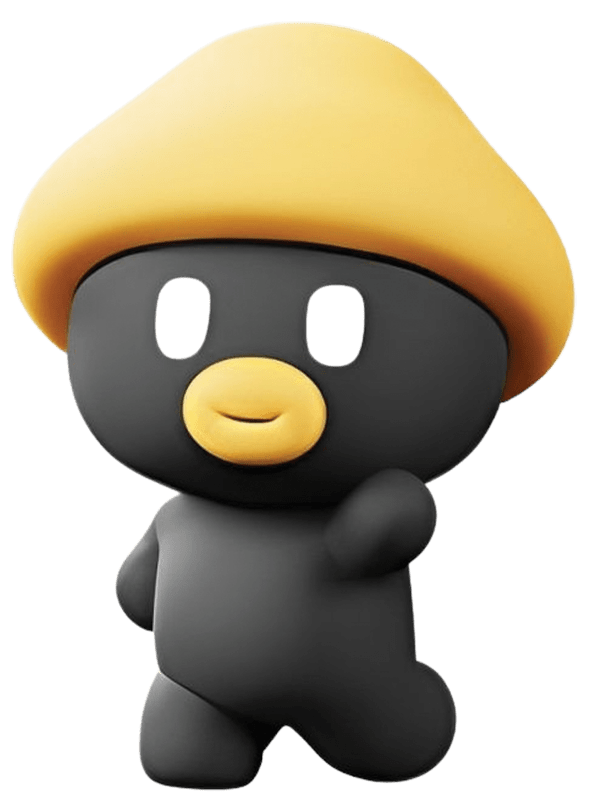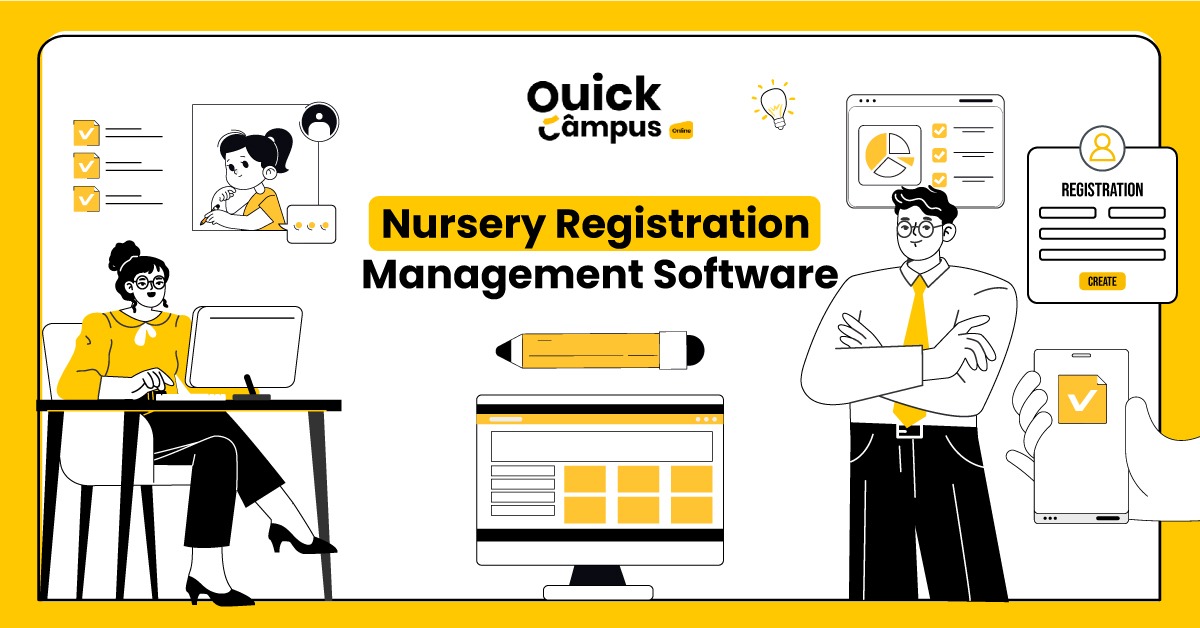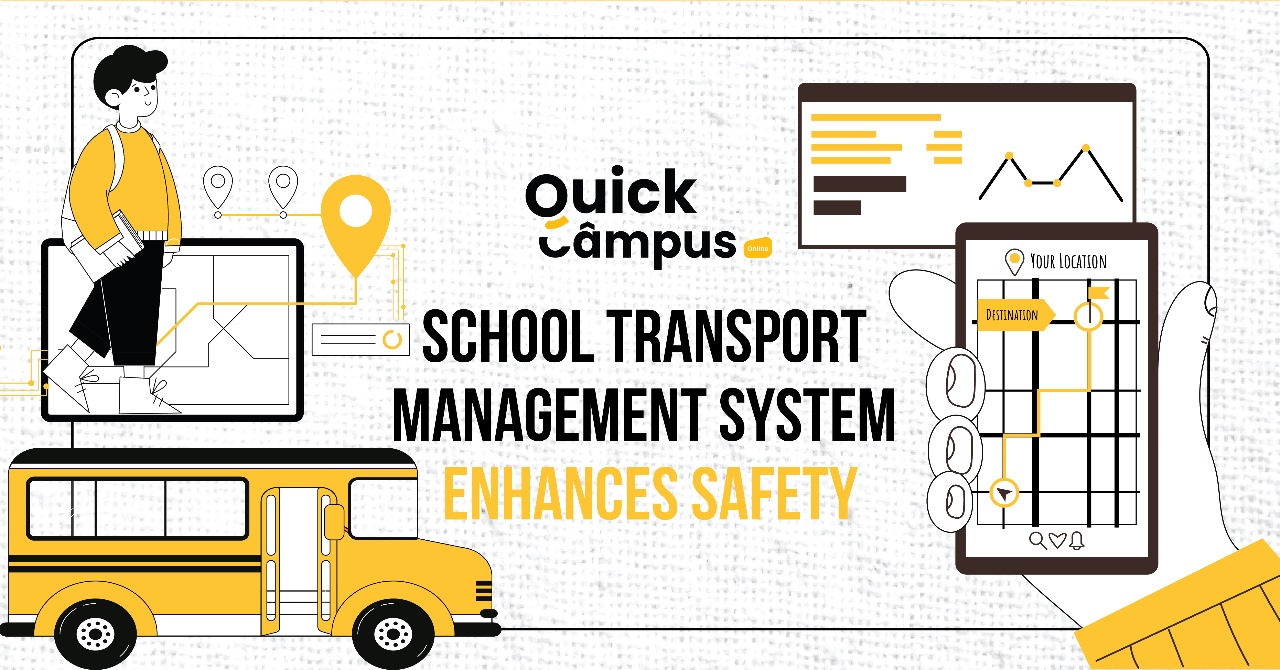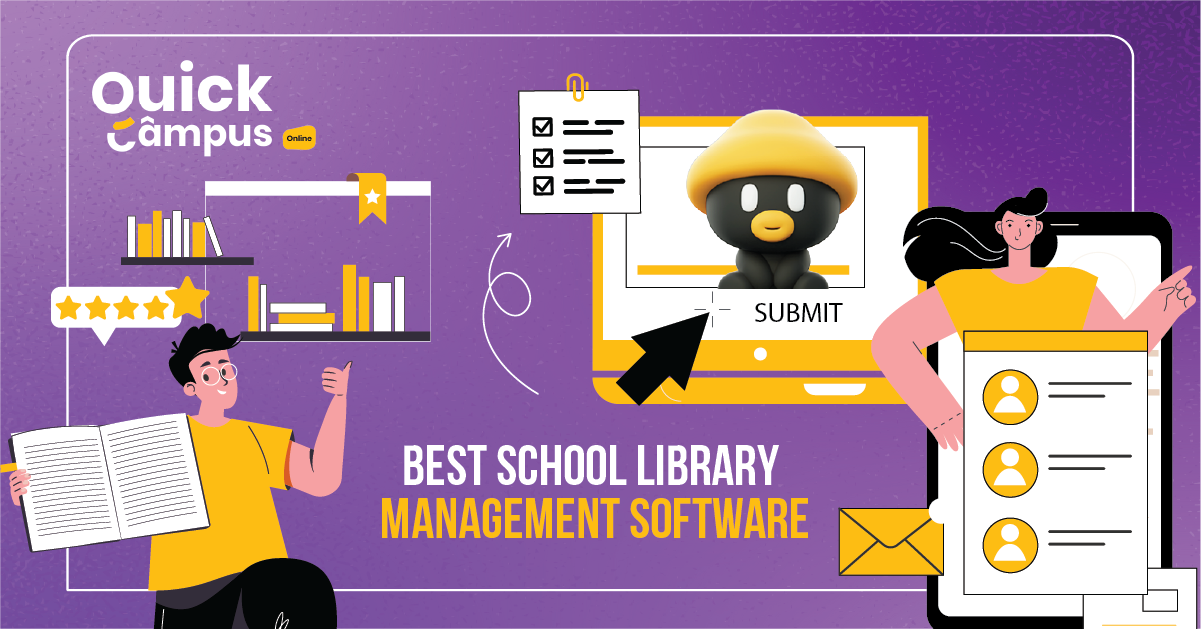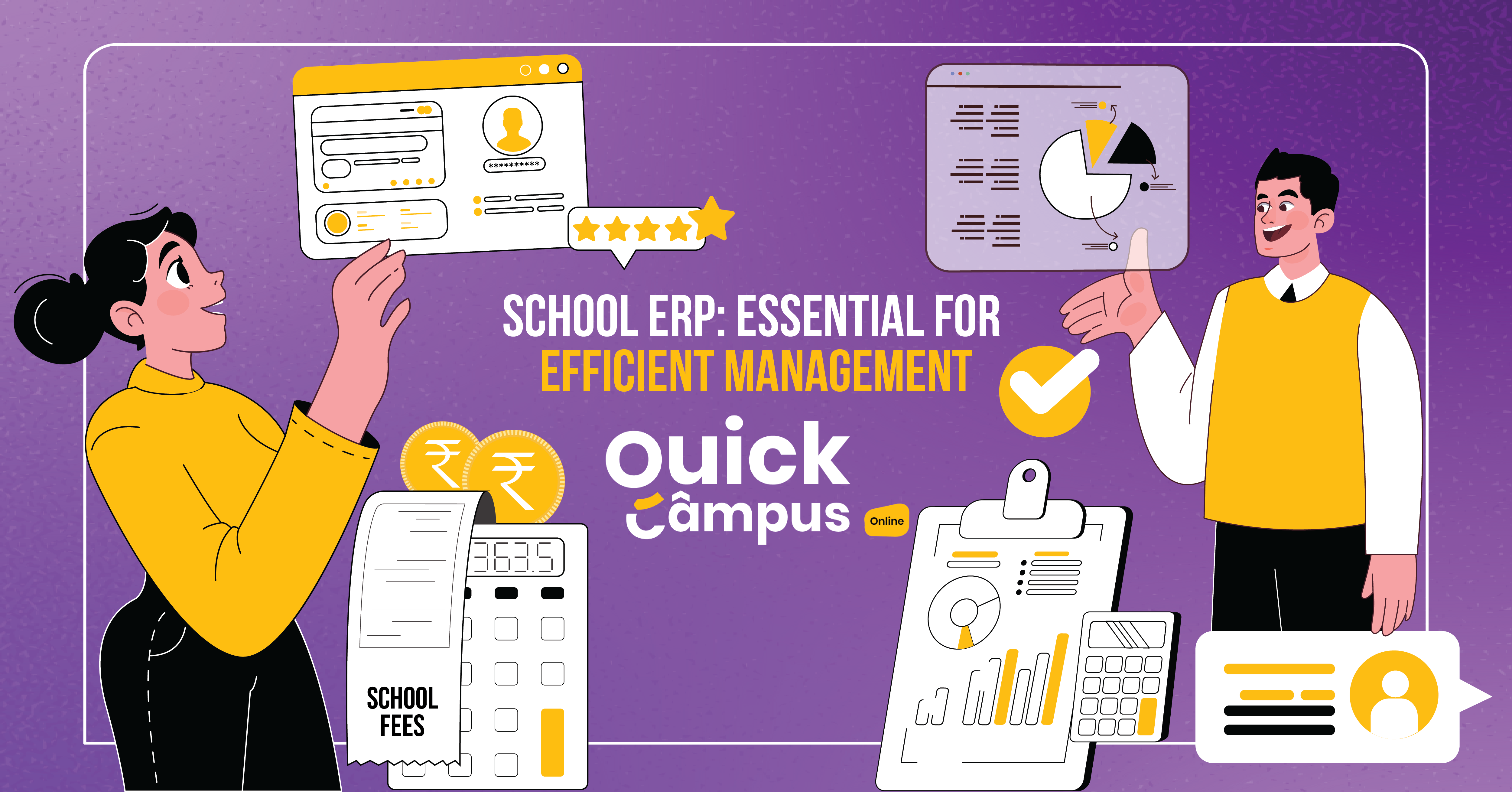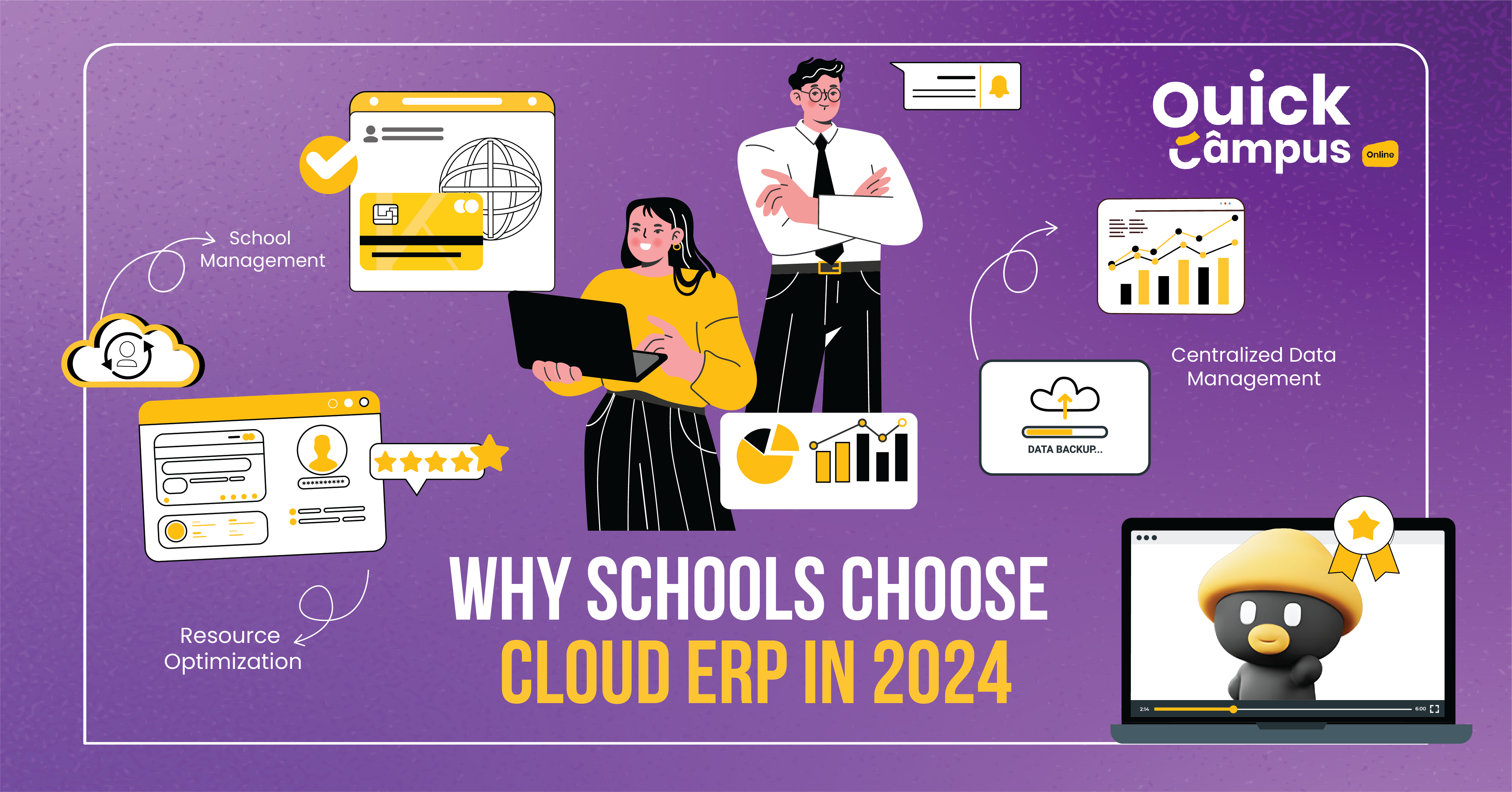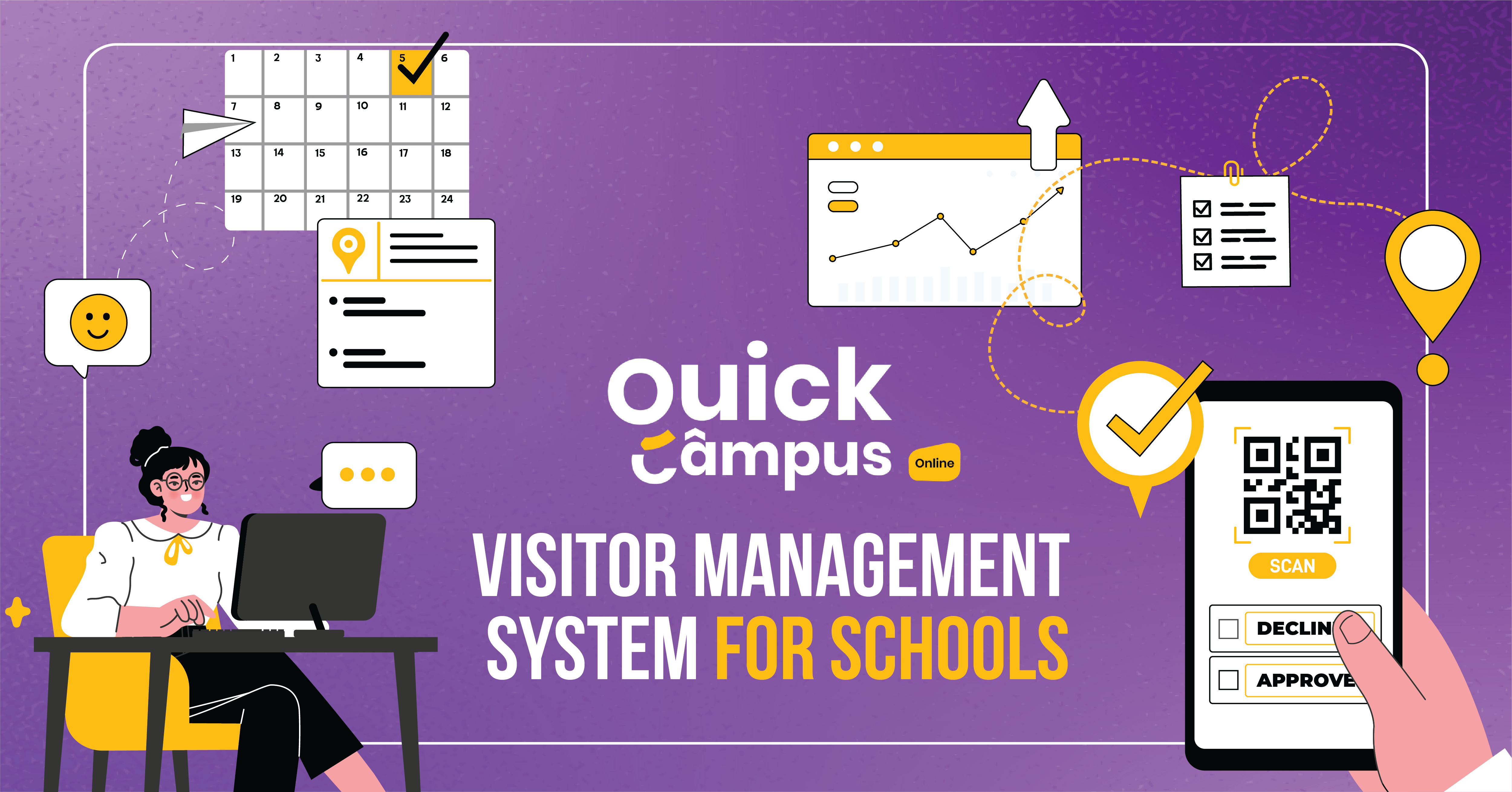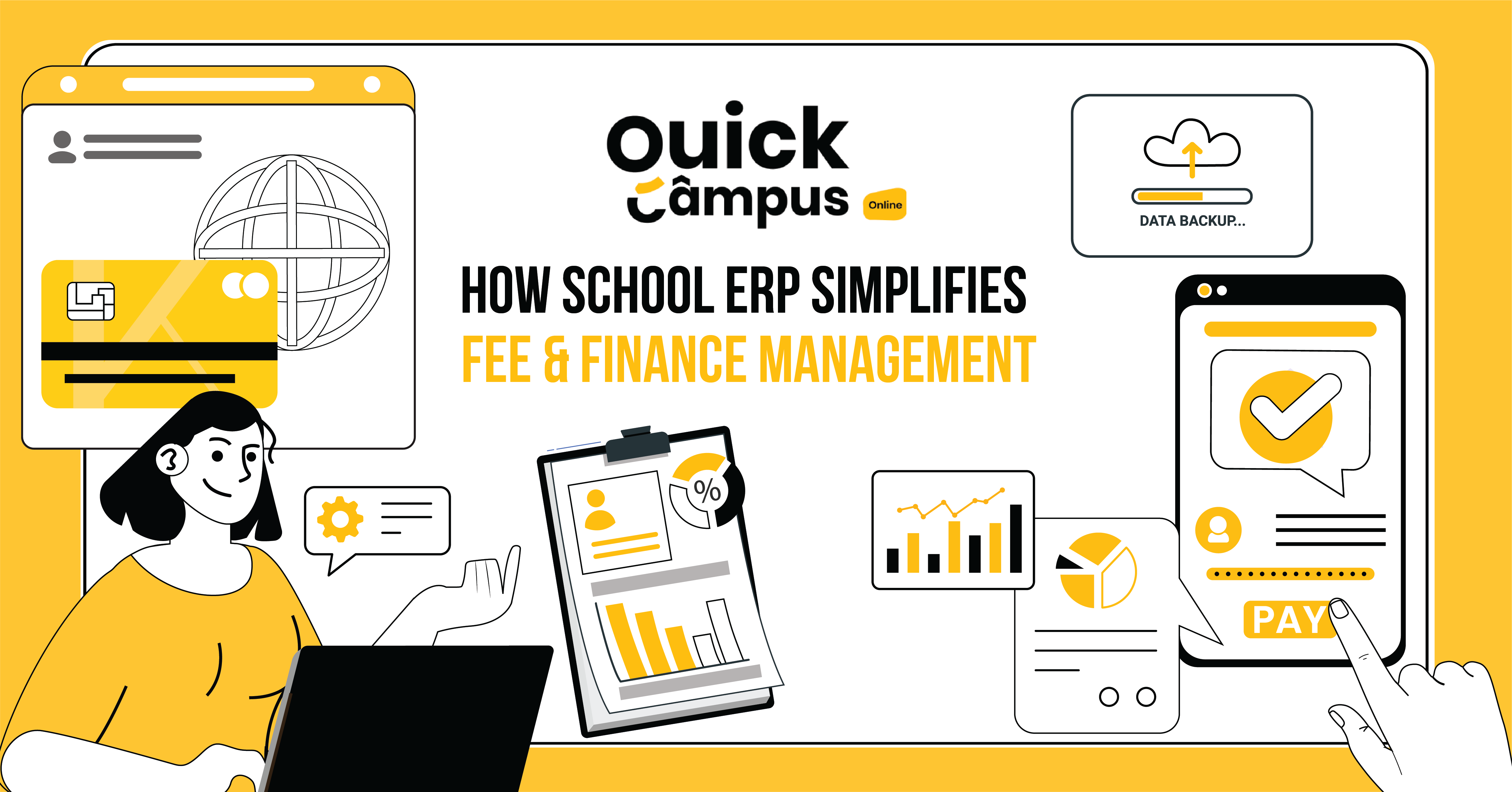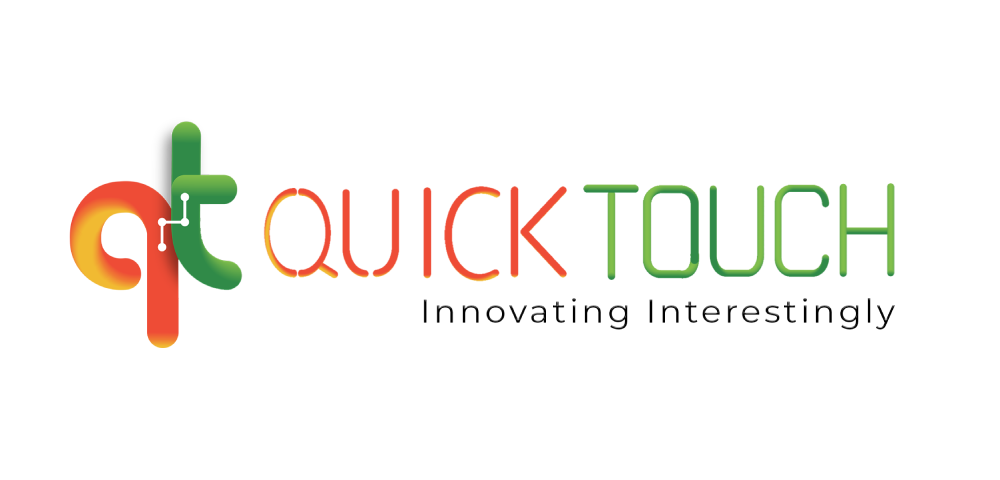How To Implement Peer-To-Peer Learning In Classrooms?
Imagine that you’re going on a trip to your favorite destination. But, there is one critical aspect that you need to remember: This is not your usual trip. You’re not climbing high mountains or exploring the volcanic landscapes of Iceland; instead, you will be tripping right inside your classroom. But this isn’t your typical voyage of textbooks and lectures – this is a quest to gain knowledge differently. The whole exercise will be the outcome of the collaborative spirit of implementing peer-to-peer learning.
Peer-to- peer learning is similar to setting sail on a dream adventure with your classmates as companions. Instead of relying entirely on the teacher’s knowledge, students and their peers sail through the seas of learning together. On the way, they share insights, ideas, and discoveries. Unlike a short-lived school trip, this journey is continuous and adds value to the learner’s holistic development. It’s an interactive, dynamic approach to education that puts the learners in the captain’s seat of their learning journey.
But how can they embark on this educational odyssey and implement peer-to-peer learning in their classrooms? Let’s hoist the sails and chart a course together:
Create A Collaborative Environment
Teamwork and camaraderie are the backbone of a successful outing. Similarly, peer-to-peer learning is best when you provide a collaborative learning environment. It suits any classroom, irrespective of the syllabus. In such a classroom setting, a positive classroom culture is created. Students feel encouraged to share their thoughts, ask questions, and collaborate with peers. In turn, it opens the way to group work, discussions, and peer feedback that promotes collaboration and mutual support.
Facilitate Peer Interactions
Like an experienced traveler relying on maps and compasses to explore unknown places, students need guidance and structure to experience peer-to-peer learning experiences. It’s therefore crucial to receive clear instructions, guidelines, and resources to engage with one another effectively. For that, educators must encourage peer interactions through various activities like peer tutoring, group projects, and collaborative problem-solving tasks.
Celebrate Differences And Include Everyone
The excitement and joy of any journey come from the learners and educators, no matter where they come from. That’s why peer-to-peer learning gives the best output when conducted in diverse learner groups. Teachers should acknowledge diversity and ensure inclusivity to achieve success. The best way to do this is by appreciating their unique backgrounds, interests, and abilities. Create a space where students respect and value each other’s contributions, irrespective of their differences.
Get Everyone Involved
For peer-to-peer learning to work well, everyone needs to participate actively. Encourage students to take ownership of their learning. Give them the freedom to ask questions, share their thoughts, join group conversations, provide opportunities to lead, and create a classroom where they interact.
Provide Feedback And Support
Feedback and support is a critical aspect of this form of learning. Learners need guidance and encouragement to fully experience peer-to-peer learning. For that, it provides constructive feedback and support to students. That way, they will develop communication, collaboration, and critical thinking skills. Apart from that, ensure that teachers encourage students to reflect on their learning experiences and identify areas for growth.
Conclusion
In summary, peer-to-peer learning is an exciting chance to explore education with classmates. It fosters teamwork, encourages interaction, celebrates diversity, promotes active involvement, and offers guidance, allowing students to take charge of their learning journeys. So, let’s not delay! Let’s start this adventure of peer-to-peer learning in our classroom today!
